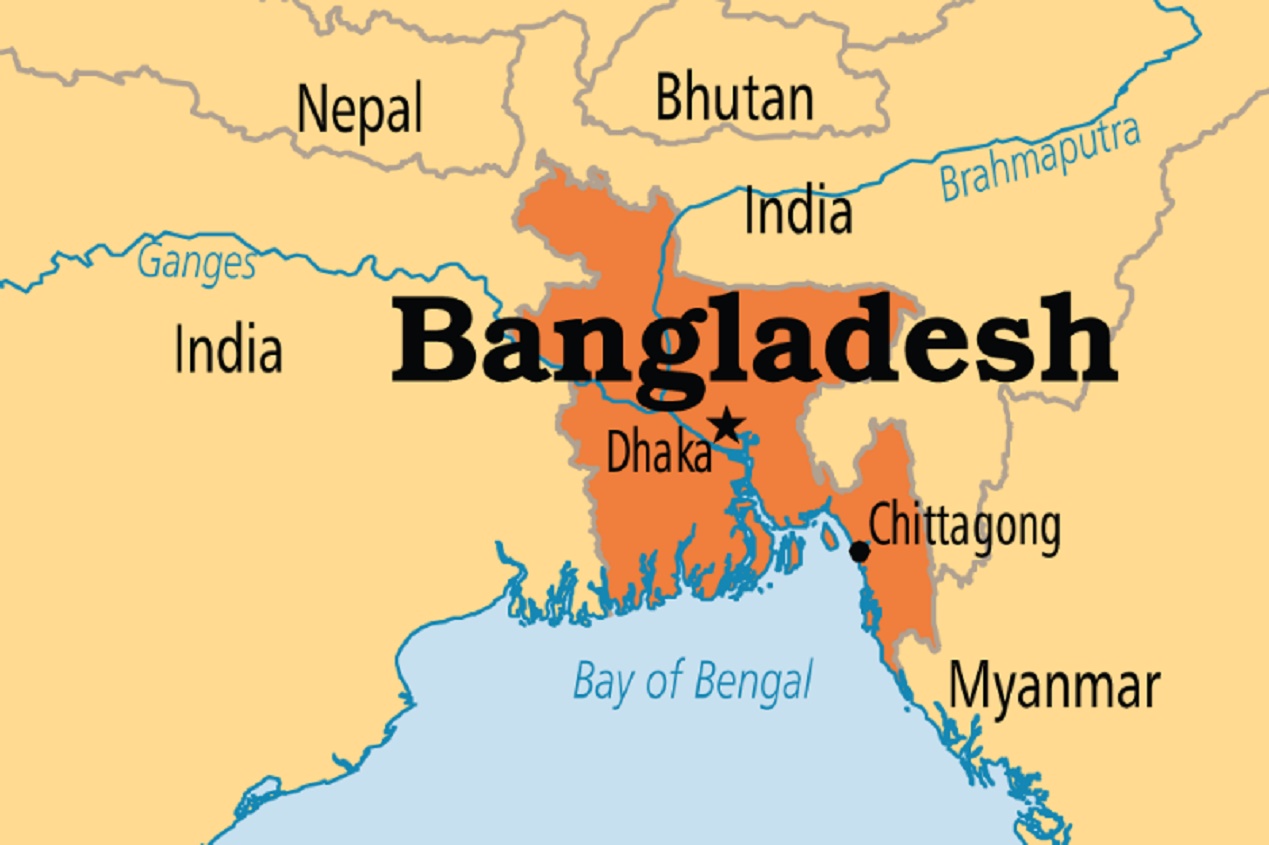The recent controversy over India-Bangladesh relations is a reminder to the Indian planners to review their communication strategy – an area where China excels. Indeed, if good news made headlines, the bilateral relations had some solid achievements to showcase this summer.
As India went into lockdown, the West Bengal government put restrictions on road movement to Bangladesh, the ninth largest importer of Indian goods. The restrictions came at a time when Bangladesh was counting on Indian supplies in the face of global disruption. Traditionally, the road has been the lifeline of bilateral trade and any blockade was potent to throw business out of gear. But this year was different. Trade didn’t stop. It took other modes. India’s iron and steel sector found an export market when domestic demand suffered.
From barely one line in March, five ships are now operating between the two countries. CONCOR, the logistics arm of Indian Railways launched a container service from Kolkata to the largest Bangladeshi gate at Benapole to meet rising demand.
Result of Hard Work
Logistics options do not fall from the sky. They require soft and hard infrastructure as well as regulatory framework. These were created over the last decade and came handy during the pandemic. There was no coastal shipping arrangement till 2015. The 1974 river protocol was archaic. It was extended to two new routes and five new ports, in May 2020, offering wider access to Bangladesh as well as North East India.
This is, however, the beginning of a whole new paradigm unfolding before our eyes. Huge infrastructure building is underway to create an array of connectivity options which will bring down the trade costs and convert the entire region - including Northeast India, Bangladesh and Bhutan - into an integrated market.
Some of these initiatives have already started impacting the market. Bangladeshi players are now supplying LPG (cooking gas) to Tripura bringing savings to Indian Oil on account of the huge transportation cost through the land route from Kolkata. A consignment of rice was recently transported from Kolkata to Assam through the Chittagong Port in Bangladesh. The travel time was less, when compared to the road journey via-Siliguri corridor.
The impact will be manifold in the next couple of years as a number of projects in the pipeline would get completed. A petroleum product pipeline is already under construction. It will replace rail cargo and ensure assured supply of auto-fuel to Bangladesh. The top leadership of both the countries deserves credit for giving economics a chance over politics.
Hue and Cry
But such developments fail to impress Indian media. They will jump from their seats if China gets a contract for the first terminal of Payra port or if Indian officials do not get an opportunity to meet Bangladeshi Prime Minister Sheikh Hasina during the pandemic months. Who cares to know if the 72-year old Hasina is living in complete isolation even from her cabinet colleagues or that she spoke to top Indian leaders and officials, on phone, at least thrice during the period!
The Pakistani version of telephonic conversation between Imran Khan and Hasina becomes news, knowing fully well that Pakistan specializes in anti-India spin and Khan is trying to survive turbulence at home, riding on such rhetoric.
Everyone forgot that, politically and personally, Hasina cannot afford to hobnob with Pakistan. There is little consideration that Bangladesh has had a pro-Pakistan lobby since birth and China has developed deep routes there, from as early as in 1975. India had broken into this stranglehold only recently. Like every country-leader, Hasina has domestic compulsions. At a time when the major economies in the world are busy combating COVID and reviving their own economies, smaller countries are helplessly scrambling for support.
Bangladesh has her own sets of interest groups but the need is genuine. Their readymade garments export economy is tattered. Remittance earnings are staring at a free fall. Only construction can save the day for the political leadership.
With none else to look for at this juncture, Hasina might be falling for the Chinese money bag. Is it really a major diversion in foreign or economic policy or it’s merely a blip? Does it mean that Bangladesh is unaware of the history of Sri Lanka or Gambia? Probably not.
Bangladesh is concerned about the growing trend of delay in completion of Chinese projects leading to rise in debt burden. China doesn’t have voters. But, Bangladesh is a democracy; however, weak it might be.
Tell Your Story
Today, India and Bangladesh economies are now far more intertwined to be affected by regular political cross-currents, which are expected in a democracy. It is time India focuses on its success stories to build a narrative for the future. It is time the world should know that India offers more equitable trade opportunity to SAARC economies. As in 2019, Bangladesh exported goods worth $1 billion to its largest trade partner China. In comparison, exports to India doubled to $1.2 billion in the last two years.
India offered duty free access on the 98 percent tariff line to least developed countries (LDCs) way back in 2012. China offered the same advantage in 2020 with fanfare. Over the last decade, annual net FDI flow from India to Bangladesh steadily increased from $43 million in 2010 to nearly $116 million in 2019; so as to build a stock of $725 million - distributed between power, textiles, food, banking, telecom etc. In comparison, China has an FDI stock of $833 million, of which 75 percent or 625 million came last year and mostly (90 percent) in power.
Clearly, China started rushing investments in projects. It is to be seen, if it takes the same pattern as in Sri Lanka, where Beijing contributed one-third of the FDI inflow between 2012 and 2016. Till then, there is scope to compare the economic cost of China-funded power projects and the comparative benefits of shared infrastructure and electricity trade with India.
Relations should be measured from a long-term perspective and not from the point of view of a few Chinese projects or occasional flip flops. Hasina’s principal Opposition, BNP that was once known for anti-India rhetoric has changed track for nearly two years now. India gained a lot of ground in the last decade and should focus its energy on consolidating those gains.
(The paper is the author’s individual scholastic articulation. The author certifies that the article/paper is original in content, unpublished and it has not been submitted for publication/web upload elsewhere, and that the facts and figures quoted are duly referenced, as needed, and are believed to be correct). (The paper does not necessarily represent the organisational stance... More >>
Image Source: https://d345cba086ha3o.cloudfront.net/wp-content/uploads/2015/11/Bangladesh800.png











Post new comment